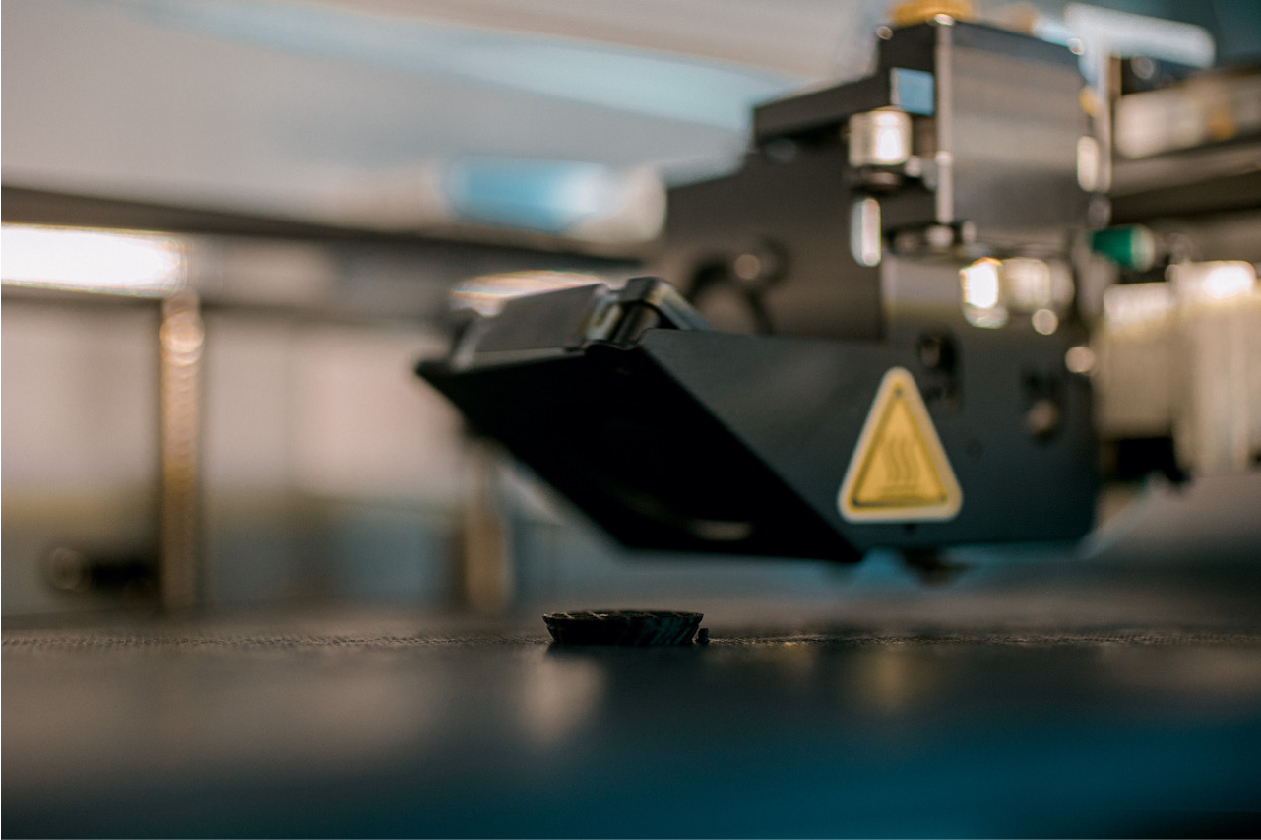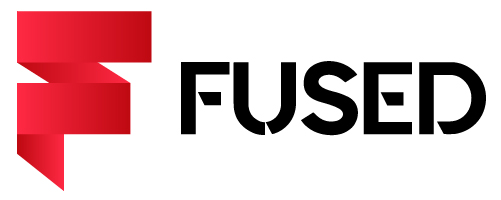
Composite 3D printing for strong, real-world parts.

Who is Fused 3D Printing?
Welcome to Fused, where the possibilities are limitless! Fused was founded by Andy Kerlin, an aerospace engineer, who saw the growing demand for composite 3D printing for end-use parts. Fused provides customers with engineer-guided solutions, and you can get a price quote today!
With current supply chain stress causing delays and price increases, rapid composite 3D printing provides an alternative for individuals, companies, and OEMs to take control with low to medium volume production. Iterations and repairs are measured in days, not weeks or months. Take control with an instant quote or consulted quote today.
Fused uses a process known as FFF, or Fused Filament Fabrication. This process builds up layers of melted material to produce prototypes and end-use parts. We are able to reinforce 3D prints with continuous carbon fiber, making composite prints as strong as their aluminum counterparts in a fraction of the time. This reduced time frame allows designs to be tested and validated across several iterations often before an equivalent CNC machined part is even queued up on the shop floor.
Traditional 3D printing produces low-strength, low-resolution parts best suited for proof of concepts, fragile prototypes, and applications that don’t require material strength. The vast majority of 3D printing service bureau companies cater to this need. Similarly, legacy hobbyist and low-cost 3D printers produce parts that are limited in function, durability, and longevity. Fused exists to provide individuals and businesses with end-use parts that solve problems in the real world; not just illustrating what’s possible with a mockup, but realizing solutions with precise, aluminum-strength composite parts that can be used the day they arrive.
Composite 3D printing expands options into aluminum-strength parts capable of replacing worn or outdated manufacturing fixtures, brackets, supports, and guides. Rapid composite printing frees up machine shop resources for higher value work rather than supporting simple fixture and tooling fabrication. Manufacturing has many tools available and it’s critical to use the right tool for the right task to stay competitive in this fast-paced world.
